Valuable axes from German burial site suggest Neolithic societies were not as egalitarian as thought
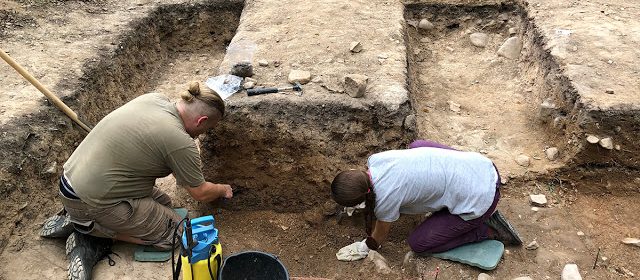
Stone Axes From 6,000-Year Old Hilltop Burial Site In Germany Linked To Emergence Of High-Ranking Elites
Archaeologists from Mainz investigating the Neolithic settlement at the site of Hofheim-Kapellenberg have recently started to believe that an influential person who was one of the most powerful individuals of his day was buried there.
This conclusion was drawn from the discovery of two stone axis blades, excavated in the 19th century on this site. Both axes are featured in the Hofheim City Museum.
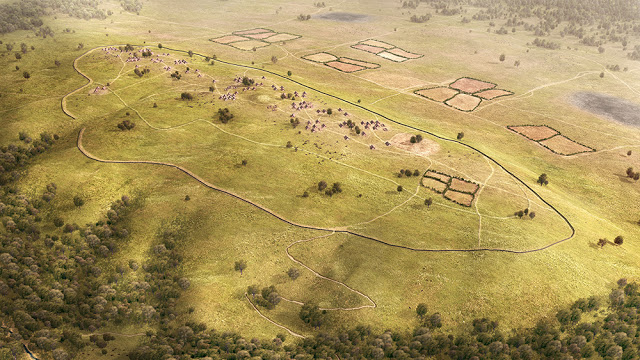
Until now, nothing was known about them and their owners. Researchers from the Roman-Germanic Central Museum in Mainz only gained a new perspective when they found the outline of a burial mound.
They identified it when they produced a three-dimensional image of the surface of the ridge, as project manager Detlef Gronenborn reports. The archaeologist describes it as a “huge burial mound” with a diameter of 90 metres and a height of six metres, which can still be recognised today by the profile of the terrain.
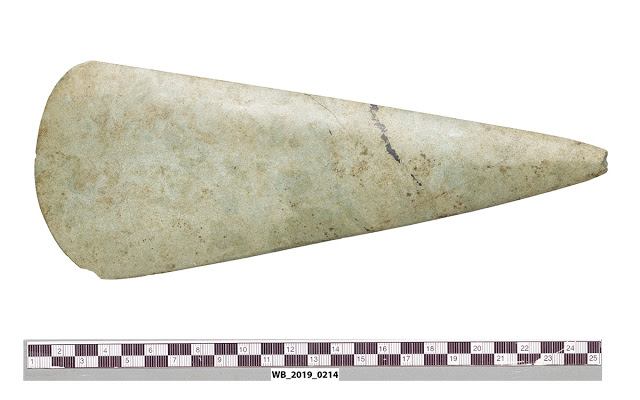
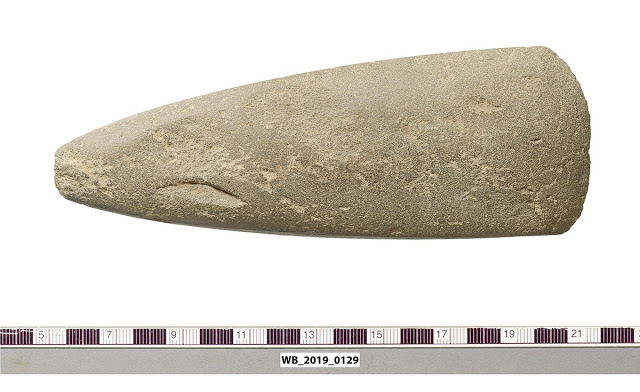
The two stone axes were found in the hill more than 100 years ago. The archaeologists of the time dug in the middle of it at the end of the 19th century without recognizing it as such. Probably the grave itself was destroyed during these excavations.
The combination of the old and the new discovery opens up a new perspective for today’s researchers and allows them to conclude that the person buried there enjoyed an exceptional status. This opens up a new chapter in the history of the Neolithic hilltop settlement for scientists.
According to Gronenborn, one of the stone axes is of extremely high quality. It consists of jade, a rare and valuable material sourced hundreds of kilometres away in the Western Alps.
The axe has been crafted in an elaborate way. “Such precious pieces have so far only been found in the graves of high-ranking individuals,” says the archaeologist. The object probably reached the Kapellenberg via France.
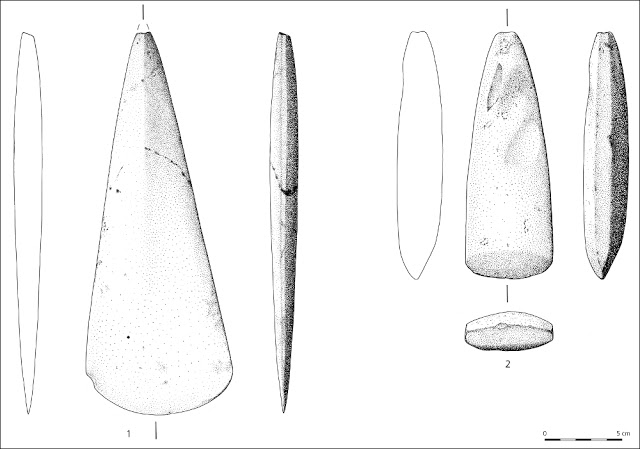
The Celtic settlement at Kapellenberg existed 6000 years ago. Gronenborn classifies the recently recognized burial mound as a find that shows “a socio-political hierarchisation process linked to the emergence of high-ranking elites […] had extended into western Central Europe.
Comparable burial monuments from this time are only found in Brittany today. It is, therefore, possible that the population of that time immigrated from France.”
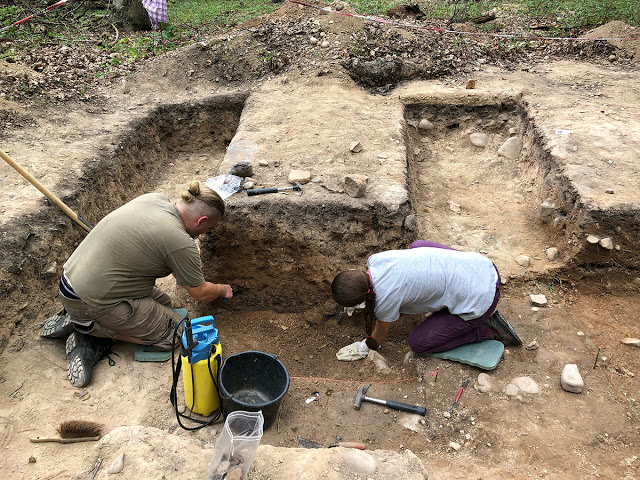
Though an exact dating of the burial mound is not yet possible, the excavation results and archive studies suggest that the mound was created between 4500 and 3750 BC. The defensive structure of the settlement also makes the Hofheim site an important example of its time.
The Neolithic rampart system is still clearly visible in the terrain. This makes the Kapellenberg site the best-preserved archaeological site from 6000 years ago,” says the archaeologist.
According to him, excavations on the inner plateau show that a settlement with around 900 inhabitants existed there between 3750 and 3650 BC, which can be attributed to the Michelsberg culture.
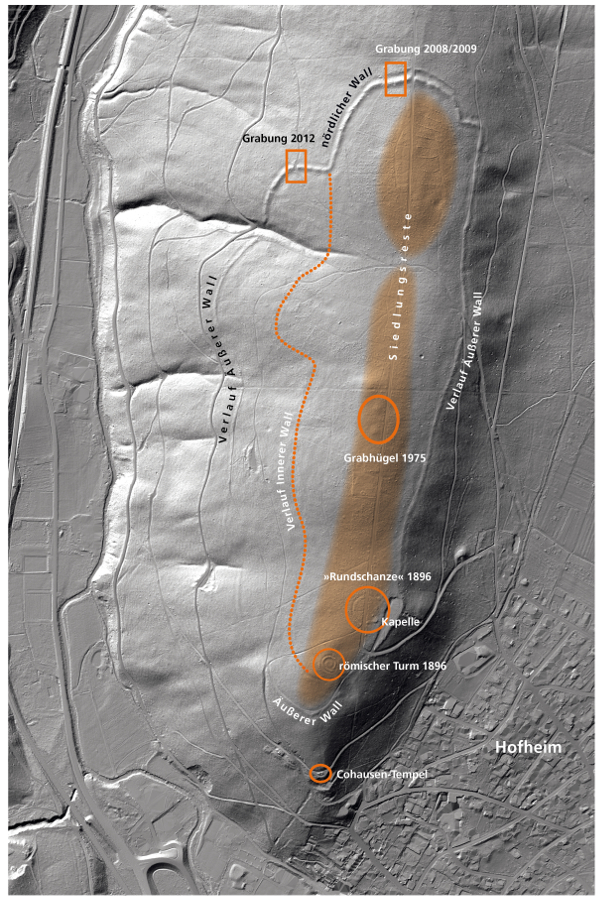
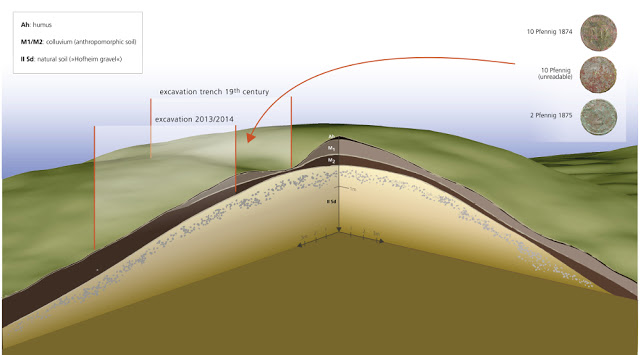
This site has been undergoing exploration by a team of archaeologists since 2008. The Leibniz Research Institute of Archaeology of the Roman-Germanic Central Museum in Mainz cooperates with the Institute of Classical Studies of the Johannes Gutenberg University of Mainz and the Archaeology of Hessen.
An archaeological circuit is to be laid out this summer to give visitors a closer look at the Neolithic site, as announced by the mayor of Hofheim, Christian Vogt (CDU).